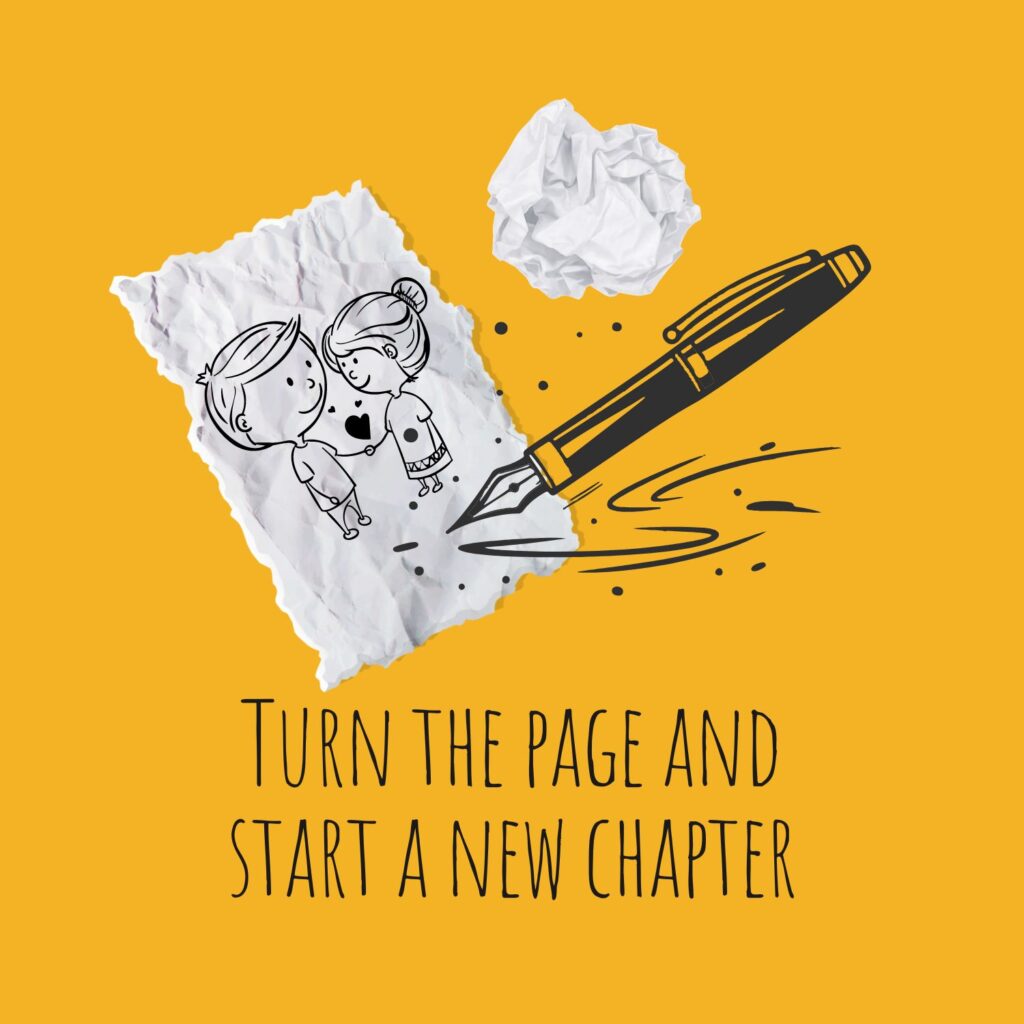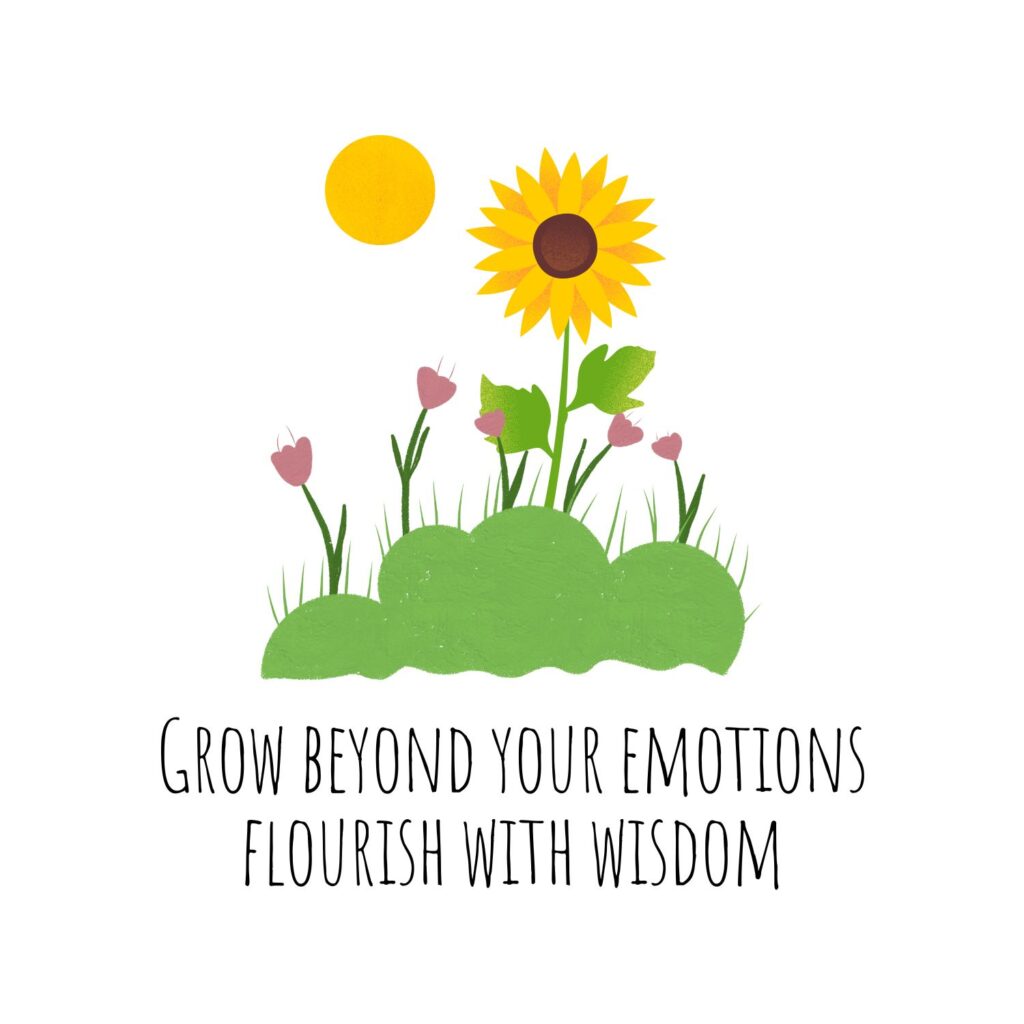Breaking the Chains of Emotional Thinking: A Path to Intellectual Clarity

We’ve all been there: a heated argument, a moment of frustration, or a rush of excitement that clouds our judgment. In those instances, our emotions take the wheel, steering us away from rational thought and into the turbulent waters of emotional thinking. It’s a common experience, yet one that often leaves us feeling regretful once the storm has passed. Why is it that we so easily fall into the trap of emotional thinking? And more importantly, how can we overcome it to achieve intellectual clarity?
The Allure of Emotional Thinking
Emotional thinking is seductive because it’s deeply ingrained in our nature. It’s quick, reactive, and often feels intensely “right” in the moment. After all, emotions have been guiding human behavior for millions of years. They are primal, rooted in our earliest experiences of pleasure and pain, attraction and repulsion. This type of thinking served our ancestors well when faced with immediate threats or opportunities in their environment.
But in the complexity of modern life, where decisions are rarely black and white, emotional thinking becomes a double-edged sword. It simplifies and distorts our perception of reality, leading us to view a small, isolated part of the whole as the entire picture.
Imagine for a moment that reality is like a Persian carpet—a masterpiece of intricate patterns and colors woven together into a harmonious design. Now, picture someone examining just a tiny corner of that carpet and declaring it to be the entire pattern. This is how emotional thinking works: it takes a fragment of reality and mistakes it for the whole. The result? We make decisions based on incomplete and often misleading information.

The Intellectual Trap of Emotional Thinking
One of the biggest dangers of emotional thinking is that it merges our intellectual content with our emotional responses. Emotions are inherently subjective, driven by personal likes and dislikes, by what we find attractive or repulsive. When we allow emotions to dominate our thinking, our perception of reality becomes subjective as well. We see the world not as it is, but as we feel it to be.
Consider, for example, a workplace conflict. You might feel that a colleague is undermining your efforts or doesn’t respect you. This emotional response can lead you to interpret every action they take as hostile, even when it’s not. Your emotional thinking has created a narrative that distorts reality, making it nearly impossible to see the situation objectively. Instead of addressing the issue based on facts, you become a slave to your own subjectivism, reacting based on feelings rather than reason.
The Evolutionary Roots of Emotional Thinking
To understand why emotional thinking distorts reality, it’s important to recognize its evolutionary origins. Emotional responses evolved as quick and dirty ways for our ancestors to navigate their environment. They didn’t have time to deliberate when faced with a predator or an opportunity for food. Emotions helped them make rapid decisions that were critical for survival.
However, in today’s world, where most of our challenges are complex and multifaceted, this kind of quick, emotion-driven thinking often leads us astray. Our higher faculties of thinking—the ones that allow for abstract reasoning, long-term planning, and objective analysis—are relatively new developments in the history of our species. They are what enable us to see the Persian carpet of reality in its full, intricate design, rather than just a small, isolated piece.
Breaking Free: Cultivating Intellectual Clarity
So, how can we break free from the trap of emotional thinking and cultivate intellectual clarity? The first step is awareness. Recognize when you’re in the grip of strong emotions and how they might be influencing your thoughts. This doesn’t mean suppressing your emotions; rather, it’s about acknowledging them without letting them dictate your decisions.
Next, practice stepping back and seeing the bigger picture. When faced with a decision, ask yourself: Am I considering all the relevant facts, or just the ones that align with my feelings? Am I seeing this situation as it truly is, or as I feel it to be?
Another powerful tool is mindfulness. By cultivating a mindful approach to your thoughts and emotions, you create space between your feelings and your reactions. This space allows for reflection and the application of reason before you act.
Finally, seek out diverse perspectives. Emotional thinking thrives in echo chambers, where our beliefs and feelings are constantly reinforced. By exposing yourself to different viewpoints, you can challenge your own assumptions and gain a more objective understanding of reality.
Conclusion: The Pursuit of Objectivity
Emotional thinking may be a deeply rooted part of our nature, but it doesn’t have to control us. By cultivating our higher faculties of thinking—reason, reflection, and mindfulness—we can learn to see the world as it truly is, not as our emotions would have us believe. This pursuit of objectivity is not just a path to intellectual clarity; it’s a journey toward a more balanced and fulfilling life. So, the next time you find yourself caught in the grip of emotional thinking, remember the Persian carpet. Step back, see the whole pattern, and let your higher mind guide you to the truth.




